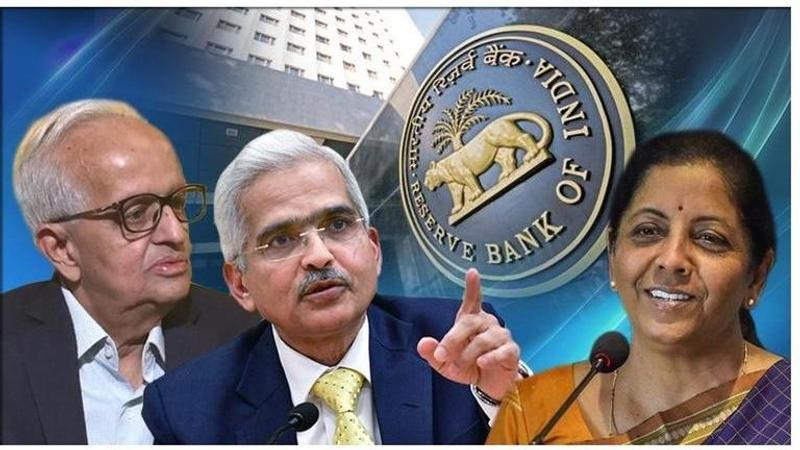Published 17:56 IST, August 14th 2019
Potential windfall: RBI's panel finalises report, suggests transfer of massive surplus in tranches over 3-5 years
The Bimal Jalan committee, constituted to assess the adequate size of capital reserves that the RBI should hold, has finalised its report, sources said on Wednesday.

The Bimal Jalan committee, constituted to assess the adequate size of capital reserves that the RBI should hold, has finalised its report, sources said on Wednesday.
The panel's term was extended after the transfer of former Economic Affairs Secretary Subhash Chandra Garg to the Power Ministry.
The transfer took place when the panel was in midst of finalising the report. The vacancy was filled by newly appoint Finance Secretary Rajiv Kumar for finalisation of the report. According to the sources, the recommendations have been "more or less" finalised and there will not be another meeting.
"We have discussed everything. Now it is the final report. It would be difficult to tell what is the exact amount of transfer or the calculation. Transfer would be in phased manner as is the practice," the sources said.
The report would be submitted to the RBI in the next few days, they added.
The six-member panel, under former RBI Governor Jalan was appointed on December 26, 2018, to review the economic capital framework (ECF) for the Reserve Bank of India (RBI) after the finance ministry wanted the central bank to follow global best practices and transfer more surplus to the government.
As per various estimates, the RBI has over Rs 9 lakh crore of surplus capital with it. The surplus capital transfer would help the government meet its fiscal deficit target as it will come as a windfall to the exchequer.
The government has set a fiscal deficit target of 3.3 per cent of the gross domestic product (GDP) for the current fiscal, revised downward from 3.4 per cent pegged in the Union Budget for 2019-20.
Besides surplus capital transfer, the government is expecting Rs 90,000 crore dividend from the RBI in the current financial year as against Rs 68,000 crore received last fiscal.
The other key members of the committee include Rakesh Mohan, former deputy governor of the RBI, as vice-chairman; Finance Secretary Rajiv Kumar; RBI Deputy Governor N S Vishwanathan; and two RBI central board members -- Bharat Doshi and Sudhir Mankad.
The government and the RBI under previous governor Urjit Patel had been at loggerheads over the Rs 9-lakh crore surplus capital with the central bank.
The finance ministry was of the view that the buffer of 28 per cent of gross assets maintained by the RBI is well above the global norm of around 14 per cent. Following this, the RBI board in its meeting on November 19, 2018, decided to constitute a panel to examine ECF.
In the past, the issue of the ideal size of the Reserve Bank of India reserves was examined by three committees -- V Subrahmanyam in 1997, Usha Thorat in 2004 and Y H Malegam in 2013.
While the Subrahmanyam panel recommended for building a 12 per cent contingency reserve, the Thorat panel suggested it should be maintained at a higher 18 per cent of the total assets of the central bank.
The RBI board did not accept the recommendation of the Thorat committee and decided to continue with the recommendation of the Subrahmanyam committee. The Malegam panel said the RBI should transfer an adequate amount of its profit to the contingency reserves annually but did not ascribe any particular number.
Updated 18:38 IST, August 14th 2019




